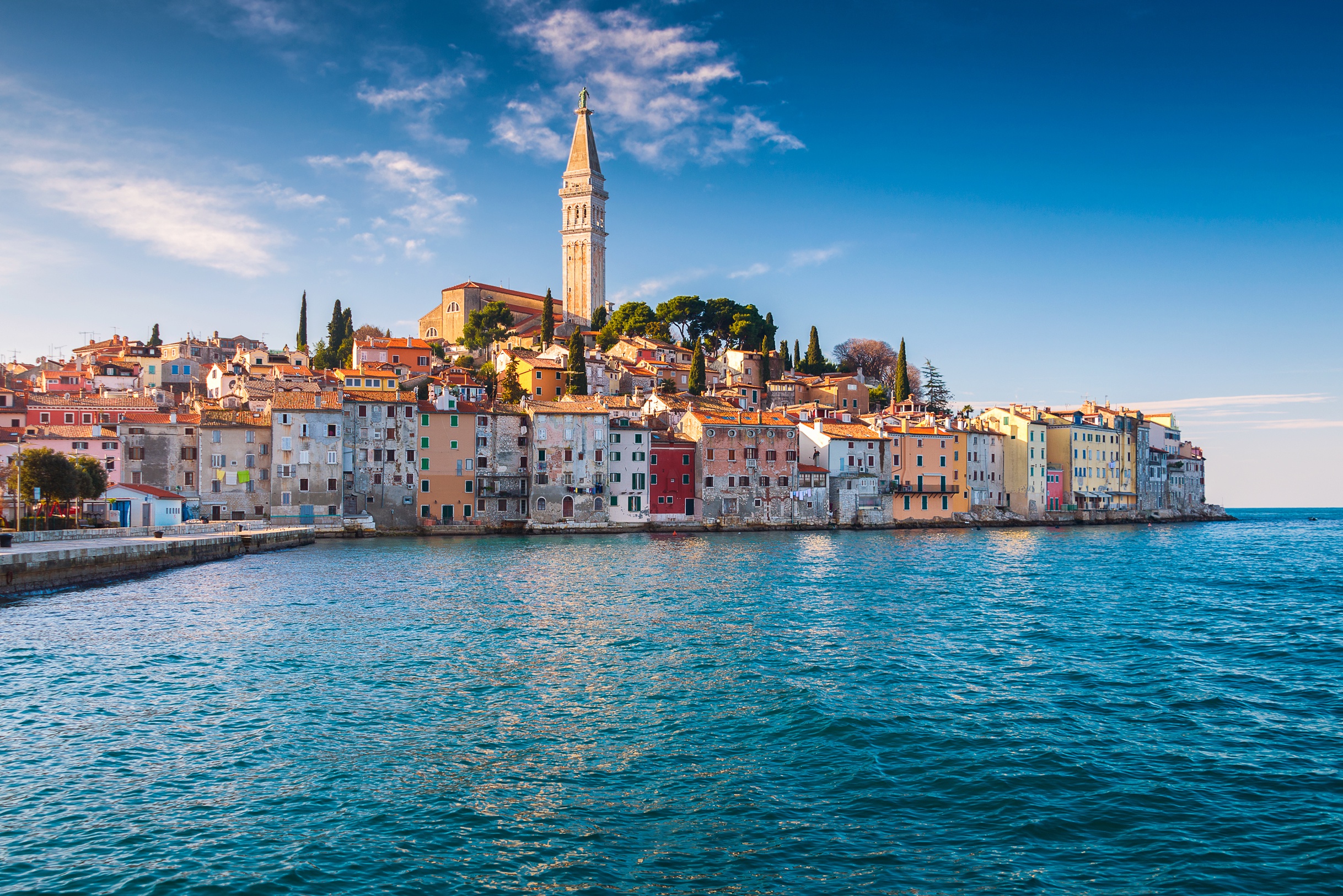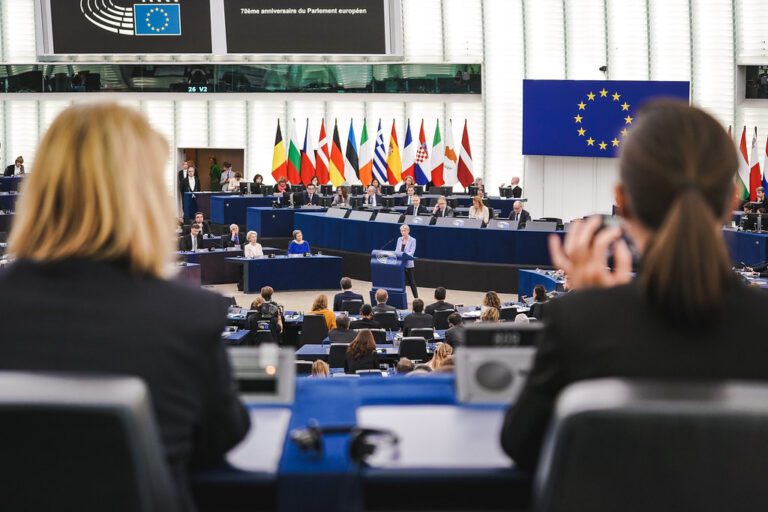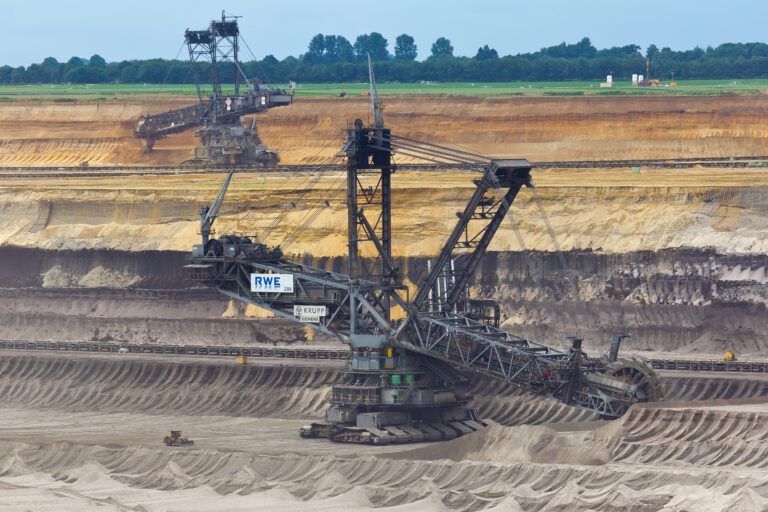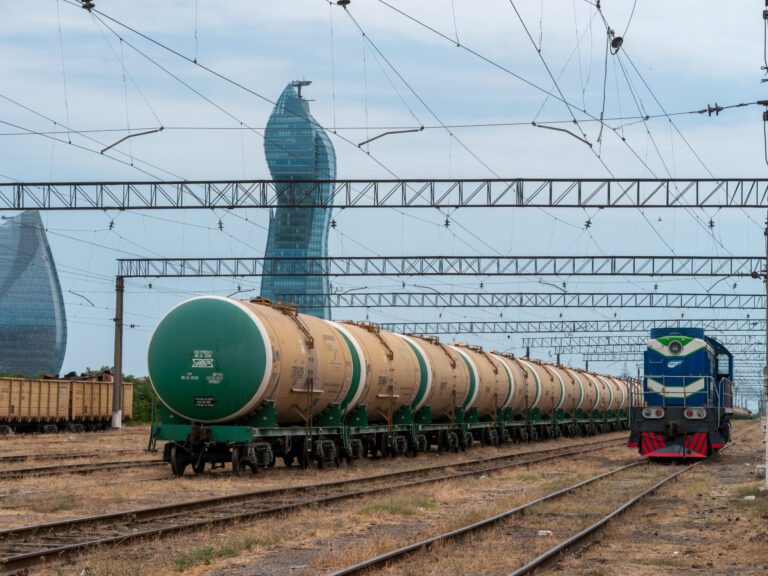
This article is part of a series of articles authored by young, aspiring China scholars under the Future CHOICE initiative.
As the South Asian giant enters Croatia’s infrastructure market, the EU continues to seek clarity amid China’s growing interest in establishing unrestricted access to new European entry points along key global shipping routes. The India-Middle East-Europe Corridor and expanding relations with Central and Eastern Europe offer fresh impetus for EU engagement with India, though several challenges persist, including the prospect of a negative Chinese response.
Close cooperation was a central tenet of the June meeting between Indian Prime Minister Narendra Modi and his Croatian counterpart Andrej Plenković. The newly invigorated partnership has already produced several bids by Indian companies for major infrastructure projects in Croatia. Framed as part of Modi’s broader European tour, discussions covered cooperation in artificial intelligence, infrastructure, semiconductors, and shipbuilding. Modi, the first Indian prime minister to visit Croatia in three decades of diplomatic relations, highlighted the country’s strategic position on the Adriatic as a vital link in an emerging global trade route.
Competing for Contracts
India’s infrastructure push is part and parcel of the India-Middle East-Europe Economic Corridor (IMEC), designed to counter China’s Belt and Road Initiative (BRI). Should IMEC become fully operational, Croatia could serve as its access point to Central and Eastern Europe (CEE) and the European Union. IMEC is an important asset for the EU due to its potential for a green hydrogen pipeline and new transportation links to both South Asia and the Gulf states. There is also a potential synergy with the EU’s Global Gateway initiative, though differences in normative priorities limit immediate convergence. Besides this, the corridor has the potential to enhance India’s image in Asia while simultaneously providing Europe with opportunities to strengthen its global connectivity profile.
Weeks after Modi’s visit, Mumbai-based company Afcons Infrastructure submitted three bids for rail and road projects worth over €1.1 billion. The rail contract also attracted bids from another Indian firm, Ashoka Buildcon Ltd, as well as two Turkish companies. In highway tenders, Afcons faces competition from the China Road and Bridge Corporation (CRBC), which already has an established presence in Croatia. Beyond rail and highway projects, CRBC’s portfolio includes the Pelješac Bridge, financed primarily through EU funds. The Chinese company secured the contract by bidding significantly lower than its Austrian and Italian competitors and promising to complete the entire project six months ahead of schedule.
The successful delivery of the Pelješac Bridge enhanced China’s image in Croatia, lending credibility to the BRI and resolving long-standing construction delays that had hampered previous Croatian governments. The completion of the bridge also generated soft-power gains for China, fostering more favorable public perception. Its importance lies in connecting mainland Croatia with southern Dalmatia, removing the need to transit through the Bosnian town Neum and three separate border checks.
At the same time, EU funding also reinforced the Union’s credibility, as reflected in public perception surveys identifying the Pelješac Bridge as the most important EU project. China remains mindful of Croatia’s image as a model of EU integration for the Western Balkans and has sought to demonstrate its ability to operate within EU frameworks without undermining them. Nonetheless, China’s economic footprint in Croatia has largely remained confined to trade and infrastructure, including through the 16+1 (now 14+1) initiative, which, at least in its initial stages, aimed to foster BRI-related, cross-cultural cooperation. The Croatian government has credited the framework with enabling key energy modernization projects, including the 156MW wind farm in Lika-Senj County.
EU-India and CEE-India Relations
While China’s involvement in smaller CEE states has grown incrementally, India’s renewed engagement with Croatia reflects New Delhi’s broader strategic re-engagement with Europe. These efforts coincide with a period of heightened EU-China tensions, exemplified by the July summit marking fifty years of diplomatic relations, where disputes over the inclusion of Chinese banks and corporations in a sanctions package against Russia and Beijing’s climate commitments highlighted persistent divisions.
In terms of EU-India relations, both powers have increasingly realized that they stand to lose from isolationism and gain from cooperation. The cooperation has deepened through initiatives such as the Trade and Economic Partnership Agreement (TEPA) between India and the European Free Trade Association (EFTA) countries – that is, Iceland, Lichtenstein, Norway, and Switzerland – in October 2025, which is expected to bolster supply chains and integrate market access with investment commitments. A free trade agreement between the EU and India is still under negotiation, having been tested by several developments including the participation of Indian soldiers in the Zapad 2025 military exercise. Challenges aside, Brussels recognizes the strategic value of closer ties with New Delhi, highlighting joint interests in defense and economic security, which aim to reduce the two parties’ strategic vulnerabilities.
India’s engagement with CEE states, particularly the Visegrad Four (V4), underscores its efforts to adopt a broader European agenda. The V4 states view India as a credible partner whose industrial ambitions align with their own in sectors such as automobiles, pharmaceuticals and tech, facilitating increased cooperation across security and investment domains.
Infrastructure as Influence
While neighboring Serbia has grown closer to China, Croatia has pursued a more balanced approach – leveraging EU development funds to modernize its energy and trade infrastructure while remaining open to selective partnerships with Beijing. Croatia and China have collaborated on several projects, including a new bulk container port in Ploče and the container and cruise port of Zadar. The latter is now majority owned by China-based Luxury Real Estate, which seeks to modernize the port’s facilities to allow for a partial diversion of Chinese goods from Slovenia’s Koper port, thereby expanding Croatia’s role as a logistics hub.
China also sought to gain control of the Rijeka Gateway, a deep-sea container terminal in northern Croatia. However, US diplomatic pressure ultimately secured the contract for Denmark’s Maersk, reflecting concerns over Rijeka as a strategic asset for both increasing trade volumes into CEE as well as moving military equipment to and from the Balkans. Following growing concerns at the EU level, China’s expanding footprint has drawn criticism for unfair competition and state-subsidized bidding practices, which some argue distort tender processes. Low-wage labor, state financing, and weak adherence to EU labor standards have been cited as key factors tilting the playing field in favor of China.
Emerging Trade Hubs, Persistent Challenges, and Strategic Calculus
While trailing in volume behind ports on the North Sea, Croatia’s Adriatic ports – Ploče, Zadar, and Rijeka – represent emerging trade hubs that could enhance the EU’s connectivity with China, India, and the rest of Asia. If China succeeds in consolidating its control over these logistics nodes and shipping destinations, it could guarantee uninterrupted European market access for its companies, particularly in tech and electric vehicles.
China’s strategic maneuvers pose a challenge for the EU, as the Union’s own efforts to secure market access for European companies in China have been repeatedly rebuffed. Indeed, China’s established practice of favoring domestic firms has led to a €400 billion trade deficit with the EU – an issue Brussels has been increasingly vocal about. The EU must therefore develop a strategy that protects the autonomy of its member states (including in trade policy) while limiting China’s ability to further exploit internal divisions. To do so, a consensus must be reached on the nature and tone of the EU’s de-risking policy: should the Union limit language perceived by China as confrontational (e.g., targeting unfair trade practices, and categorizing the relationship as a rivalry) or should it pursue a more measured, engagement-based approach?
Ursula Von der Leyen has emphasized pragmatic engagement – one that recognizes the importance of cooperation, particularly when it applies to stabilizing the global economy, while seeking lesser dependency on China in sectors like critical raw materials. Flexibility of this nature has allowed Croatia to pursue bilateral projects with China focused on shared benefits while respecting the official positions of Brussels.
Potential Chinese Response
Any prediction of China’s response is speculative at best, though Beijing has been keen to continue a line of diplomatic engagement with Croatia. Following Modi’s visit, Croatian Minister of Foreign and European Affairs Goran Grlić-Radman visited Beijing to explore further trade and investment opportunities in green energy and infrastructure. Much will hinge on whether New Delhi’s initiatives are perceived as a direct challenge to Chinese influence in CEE or simply as an attempt to develop its own global development partnerships.
For now, China continues to invest in projects that enjoy strong local and government support, sustaining momentum despite Western scrutiny. While fears of potential bidding wars may be overstated, India’s success will depend on its ability to replicate China’s long-term strategy. Although it is actively building connectivity corridors and increasing cooperation in multilateral fora, its overseas infrastructure portfolio and influence remain well behind China’s. If Modi and his administration are intent on creating their own version of the BRI, they will need to develop a strategy that extends well beyond the realm of infrastructure alone.
Written by
Harrison Budak
Harrison Budak is a freelancer specializing in impact investing, legacies of corruption within post-communist societies and the EU integration of small states. He is currently completing a bachelor’s degree in political science at McMaster University in Canada.


